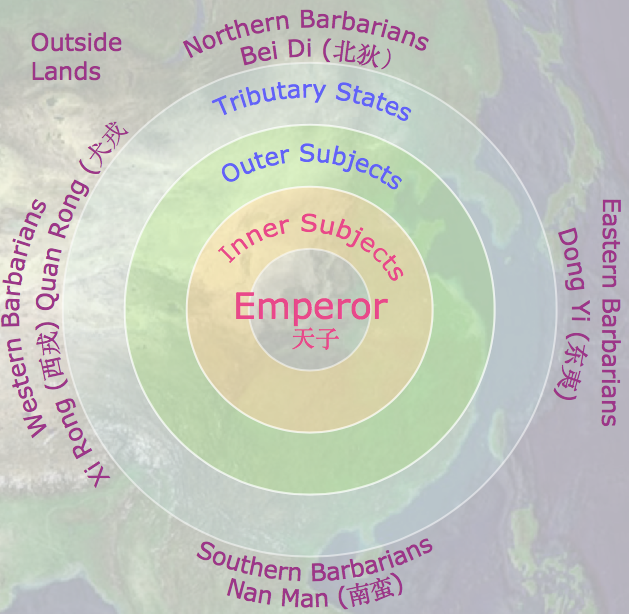Bruce Riedel
Pakistani Prime Minister Nawaz Sharif is in deep political trouble arising from a corruption scandal over his family fortune. The 67-year-old Sharif is in his third term as prime minister, having served twice in the 1990s before a decade in exile in Saudi Arabia. He has struggled to keep the army under civilian control throughout and unsuccessfully sought to reduce tensions with India. Pakistan is the most dangerous country in the world, where terrorists and nuclear weapons overlap.
CORRUPTION CONTROVERSY
The corruption scandal emerged more than a year ago, when the so-called Panama Papers were leaked from an offshore law firm in Panama. Investigators found that Sharif’s family had sizable amounts of money and assets in London, including four luxury flats that allegedly had been purchased with illegal proceeds. This week, a Joint Investigation Tribunal concluded that the family had assets far beyond their income and recommended the case to Pakistan’s Supreme Court. Sharif’s daughter, Maryam, is accused of producing fraudulent documents as well, including one that allegedly uses a type font that was only available after the date on the document. His sons are also under a cloud of suspicion.






 The traditional Chinese model of international relations. Image: Wikimedia Commons/PhiLiP/Kanbun.
The traditional Chinese model of international relations. Image: Wikimedia Commons/PhiLiP/Kanbun.






